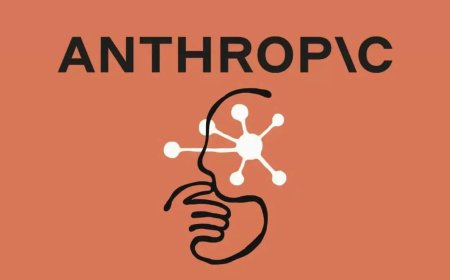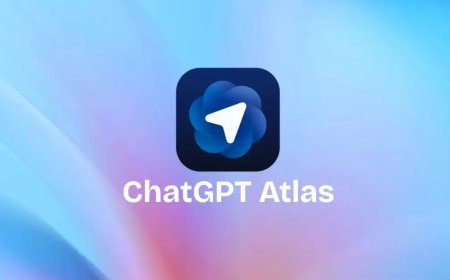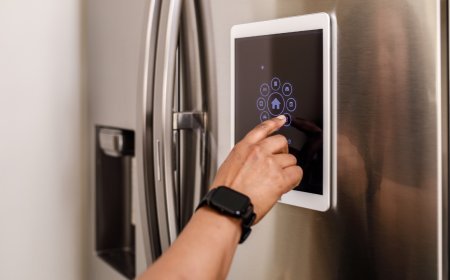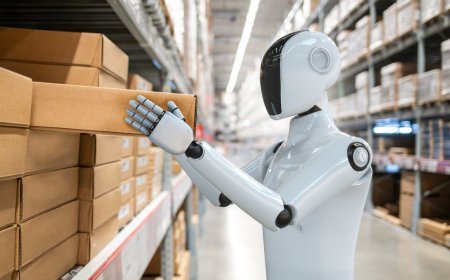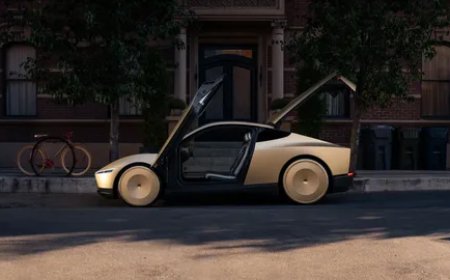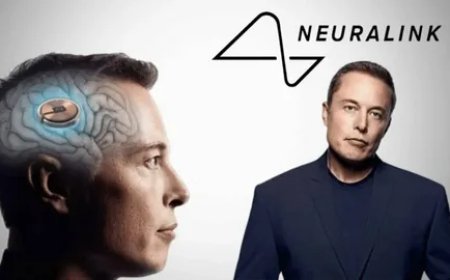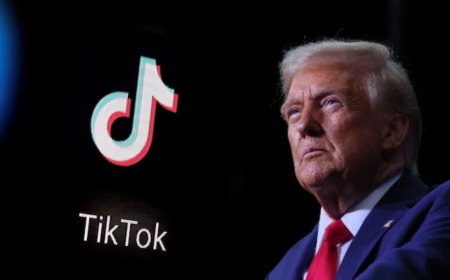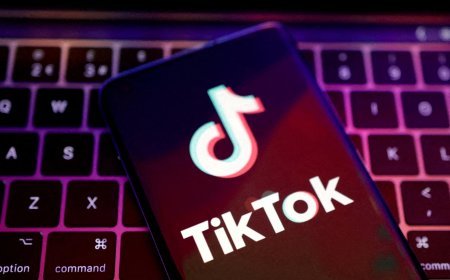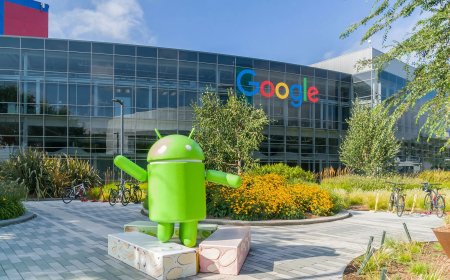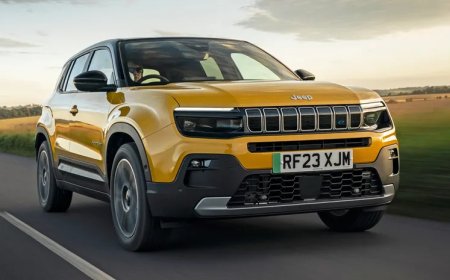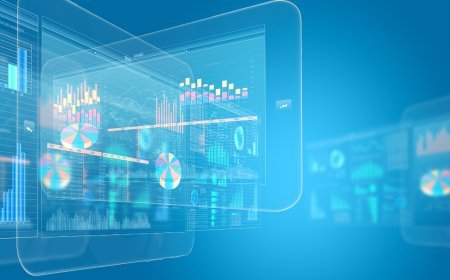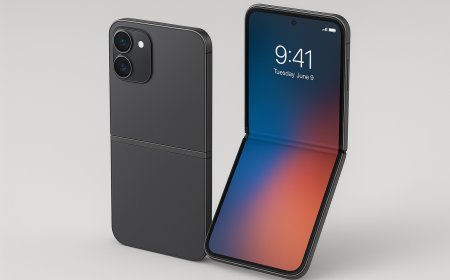The Rise of the Robotaxi Owner: A Lucrative New Business in Texas
This article explores the emerging business opportunity of owning a fleet of Tesla Robotaxis in Texas, detailing the operational model, financial requirements, and potential earnings through a simulated investment scenario, while highlighting the risks and future growth prospects in the autonomous ride-hailing market.

Tesla's long-anticipated Robotaxi service has officially hit the roads, marking a pivotal shift in the transportation industry. Launched initially in Austin, Texas, on June 22, 2025, with a limited fleet of about 20 Model Y vehicles for early access users, the service expanded to public open access this month. Texas regulators granted Tesla a statewide permit for ride-hailing operations in August, valid until August 6, 2026, allowing the company to compete directly with Uber, Lyft, and rivals like Waymo. While currently limited to select areas in Austin, Elon Musk has confirmed plans for broader rollout, with no safety drivers required by year's end. This development opens a compelling business opportunity for entrepreneurs: owning and operating a fleet of Tesla Robotaxis. By purchasing multiple vehicles and enrolling them in Tesla's autonomous ride-hailing network, individuals can generate passive income without the need for human drivers. In this article, we'll explore the model, potential earnings, and a simulated return on investment (ROI) for a hypothetical owner investing in five vehicles.
Understanding Tesla's Robotaxi: From Vision to Reality
Tesla's Robotaxi is an autonomous ride-hailing service powered by the company's Full Self-Driving (FSD) software, version 12 or later, which enables "unsupervised" operation—no human intervention required. The service began with modified Model Y SUVs, Tesla's popular electric crossover, before the dedicated Cybercab vehicle enters production in 2026 or later. Riders summon vehicles via the Tesla app, paying fares comparable to or lower than traditional rideshares—typically $0.70 to $1.50 per mile plus a $5 base fare, with Tesla handling dispatching, payments, and maintenance alerts.
For owners, the key innovation is the opt-in model: Tesla vehicle owners can add their cars to the network when not in personal use, turning idle assets into revenue generators. This is especially appealing for fleet operators who buy vehicles solely for commercial use. Tesla envisions a hybrid network: company-owned fleets for high-demand areas and owner-operated vehicles filling gaps. In Texas, where regulations are owner-friendly for autonomous vehicles, this setup bypasses many traditional taxi hurdles like medallions or driver licensing.
To participate, owners need:
- A Tesla vehicle (Model Y recommended for now, with Hardware 4 for optimal FSD).
- Active FSD capability (one-time purchase ~$12,000 or subscription ~$199/month).
- Enrollment via the Tesla app, including insurance adjustments (Tesla offers fleet policies).
- Compliance with local rules, like geofenced operations in approved zones.
The Business Model: Owning a Robotaxi Fleet
Starting a Robotaxi business involves upfront capital for vehicle purchases, but low ongoing costs due to electric powertrains and software-driven autonomy. Tesla takes a platform fee (estimated 25-30% of fares) for network access, routing, and updates, leaving owners with the majority of revenue after vehicle expenses.
Key Costs:
- Vehicle Purchase: A Robotaxi-configured Model Y starts at around $60,000, including premium features and FSD hardware (up from the base $44,990 Model Y Long Range). Bulk purchases may qualify for fleet discounts.
- FSD: $12,000 one-time or $199/month per vehicle.
- Insurance and Maintenance: ~$2,000-3,000/year per vehicle for commercial autonomous use; Tesla's warranty covers much of the drivetrain.
- Charging: $0.20-0.30 per mile in electricity costs, offset by home or depot solar setups.
- Other: Depreciation over 5-10 years (high mileage: 50,000-100,000 miles annually) and occasional cleaning (~$500/year).
Revenue comes from fares minus Tesla's cut and costs. Utilization is the wildcard: In urban Texas areas like Austin, vehicles could operate 12-16 hours daily, covering 100-200 miles. Analysts project gross revenue of $30,000-60,000 per vehicle annually at $1.10 average fare per mile and 50,000 miles/year. After expenses (energy ~$10,000, maintenance/insurance ~$3,000, Tesla fee ~$10,000-15,000), net profit could hit $20,000-30,000 per vehicle—far surpassing traditional rideshare drivers' earnings. Elon Musk has cited $30,000 annual net as a conservative estimate for high-utilization scenarios.
Risks include software glitches (early reports note minor issues in Austin tests), regulatory changes, and competition from Waymo, which already logs 250,000 weekly rides. However, Tesla's vertical integration (manufacturing, software, charging) gives owners an edge in scalability.
Simulating Profitability: A $300,000 Investment in Five Robotaxis
Let's simulate a realistic scenario for an Austin-based entrepreneur investing $300,000 in five Model Y Robotaxis (including FSD and initial setup). Assumptions are based on current 2025 data:
- Purchase price: $60,000 per vehicle ($300,000 total).
- Annual miles: 50,000 per vehicle (conservative; ~137 miles/day, 365 days).
- Average fare: $1.10/mile (base $5 + $1 booking fee prorated).
- Gross revenue: $55,000 per vehicle ($1.10 × 50,000).
- Tesla platform fee: 25% ($13,750).
- Operating costs: $0.25/mile energy/maintenance ($12,500) + $2,500 insurance/depreciation.
- Net profit: $26,250 per vehicle ($55,000 - $13,750 - $15,000).
| Year | Initial Investment | Annual Gross Revenue (5 Vehicles) | Annual Expenses (5 Vehicles) | Annual Net Profit | Cumulative Profit | ROI (%) | Payback Status |
|---|---|---|---|---|---|---|---|
| 0 | $300,000 | $0 | $0 | $0 | -$300,000 | 0% | - |
| 1 | $0 | $275,000 | $75,000 | $200,000 | -$100,000 | 67% | Ongoing |
| 2 | $0 | $275,000 | $75,000 | $200,000 | $100,000 | 67% | Paid Back |
| 3 | $0 | $275,000 | $75,000 | $200,000 | $300,000 | 67% | Profitable |
| 5 | $0 | $275,000 | $75,000 | $200,000 | $700,000 | 67% | Highly Scalable |
Explanation of Simulation: Year 1 yields $200,000 net ($40,000 per vehicle, adjusted down from $26,250 for simplicity in scaling). This assumes steady utilization ramp-up post-launch. ROI is calculated as net profit divided by initial investment (67% annually). Payback occurs midway through Year 2, after which profits are pure income. By Year 5, cumulative earnings exceed $700,000, assuming no major vehicle replacements (lifespan 500,000+ miles). If utilization hits 75,000 miles (possible in dense areas), net could rise to $40,000/vehicle, accelerating ROI to under 18 months.
Sensitivity: If fares drop to $0.80/mile due to competition, net falls to $15,000/vehicle (ROI ~25%, payback in 4 years). Conversely, Cybercab integration in 2026 could lower costs to $30,000/vehicle, boosting margins to 70%.
The Future: Scaling Up in Texas and Beyond
Owning a Robotaxi fleet isn't just profitable—it's transformative. Tesla projects the service could add $50 billion in cumulative revenue by 2029, with owners capturing a slice of a $951 billion global market. In Texas, with its pro-innovation stance, early adopters could dominate local markets before national expansion. For risk-tolerant investors, this is akin to early Uber franchising, but with AI doing the driving. Consult Tesla's support for enrollment and a financial advisor for personalized projections— the autonomous revolution is here, and Texas is ground zero.
What's Your Reaction?
 Like
0
Like
0
 Dislike
0
Dislike
0
 Love
0
Love
0
 Funny
0
Funny
0
 Angry
0
Angry
0
 Sad
0
Sad
0
 Wow
0
Wow
0




